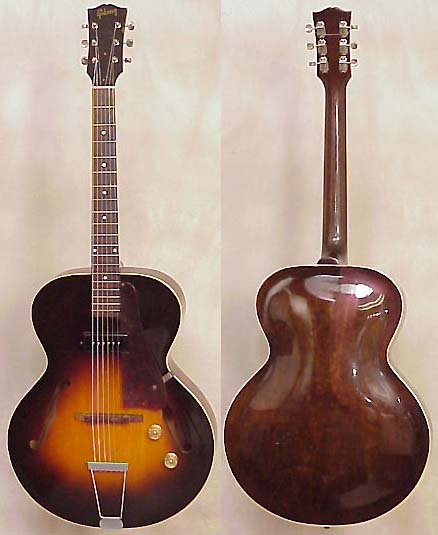Around this same time, Semie Moseley Andy were building futuristic looking electric guitars, working out of a Los Angeles Rickenbacker and Paul Bigsby
Semie’s first claim to fame was building not just double neck guitars, but guitars with three necks.
Country rockerJoe Maphis
Maphis happened to see one of Semie’s creations and commissioned him to build a very flashy double neck instrument. Maphis’ show featured a sister and brother act called The Collins Kids.
Maphis commissionedMoseley to build a similar double neck instrument for 12 year old guitar wiz, Larry Collins
Country rocker
Maphis happened to see one of Semie’s creations and commissioned him to build a very flashy double neck instrument. Maphis’ show featured a sister and brother act called The Collins Kids.
Maphis commissioned
This all takes us back to Joe Hall Hall saw one of Moseley ’s guitars and he decided this would be the man to build his custom guitar.
He ordered a guitar from Semie Mosely and paid upfront by trading him $400 and hisGibson electric guitar.
He ordered a guitar from Semie Mosely and paid upfront by trading him $400 and his
We can delve into Mosrite history later, but for now I’ll say that
| Moseley Standel |
| 1966 Hall Standel |
By this time,
| Bill Gruggett |
Hall’s luck seemed to change when Bob Bogle
Bogie’s sketch featured a wing-shaped instrument that would become Hallmark’s signature Swept Wing guitar.
About a year later Hall and Gruggett added a sort of 335-style guitar to their line up. This guitar was known as The Eldorado. They advertised this in publications and secured a booth at the Chicago NAMM Convention.
Unfortunately world events and a flood of cheap Asian-made guitars ended the era of the guitar boom. Hallmark possibly gave away as many guitars as they sold. The guitars were given to popular artists of the day in hopes of promoting their business. Soon after Hall became discouraged and left the guitar business.
 |
| Hallmark Swept Wing |
Bogie’s sketch featured a wing-shaped instrument that would become Hallmark’s signature Swept Wing guitar.
| 1967 NAMM Eldorado in Front |
Unfortunately world events and a flood of cheap Asian-made guitars ended the era of the guitar boom. Hallmark possibly gave away as many guitars as they sold. The guitars were given to popular artists of the day in hopes of promoting their business. Soon after Hall became discouraged and left the guitar business.
Hallmark filed bankruptcy in 1968 and Gruggett closed up shop.
| Bob Shade |
They were able to get permission from
 |
| New Swept Wing |
| Deke Dickerson |
Deke is THE prominent collector of
The Batmobile was designed and built by famous automobile designer George Barris.






































